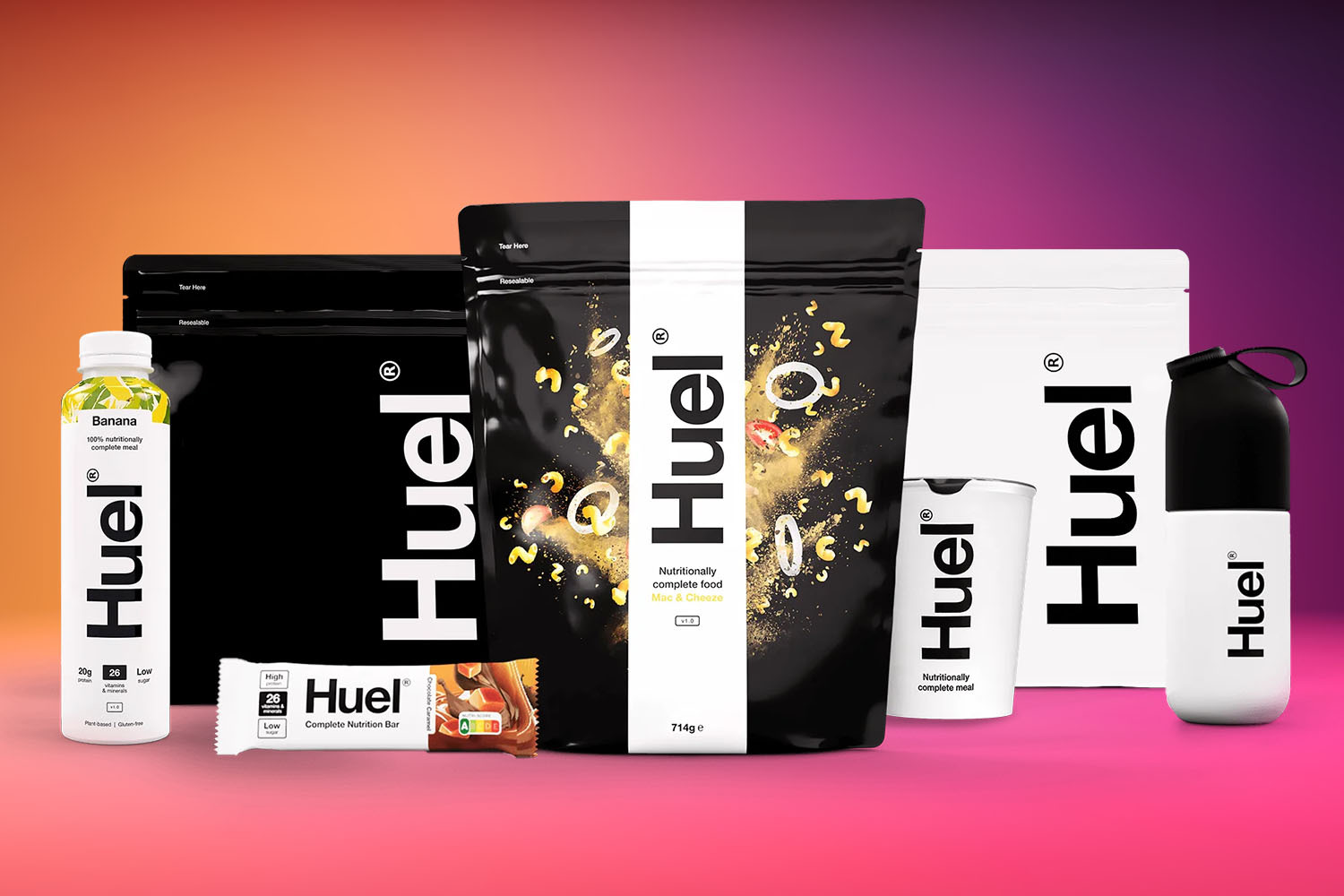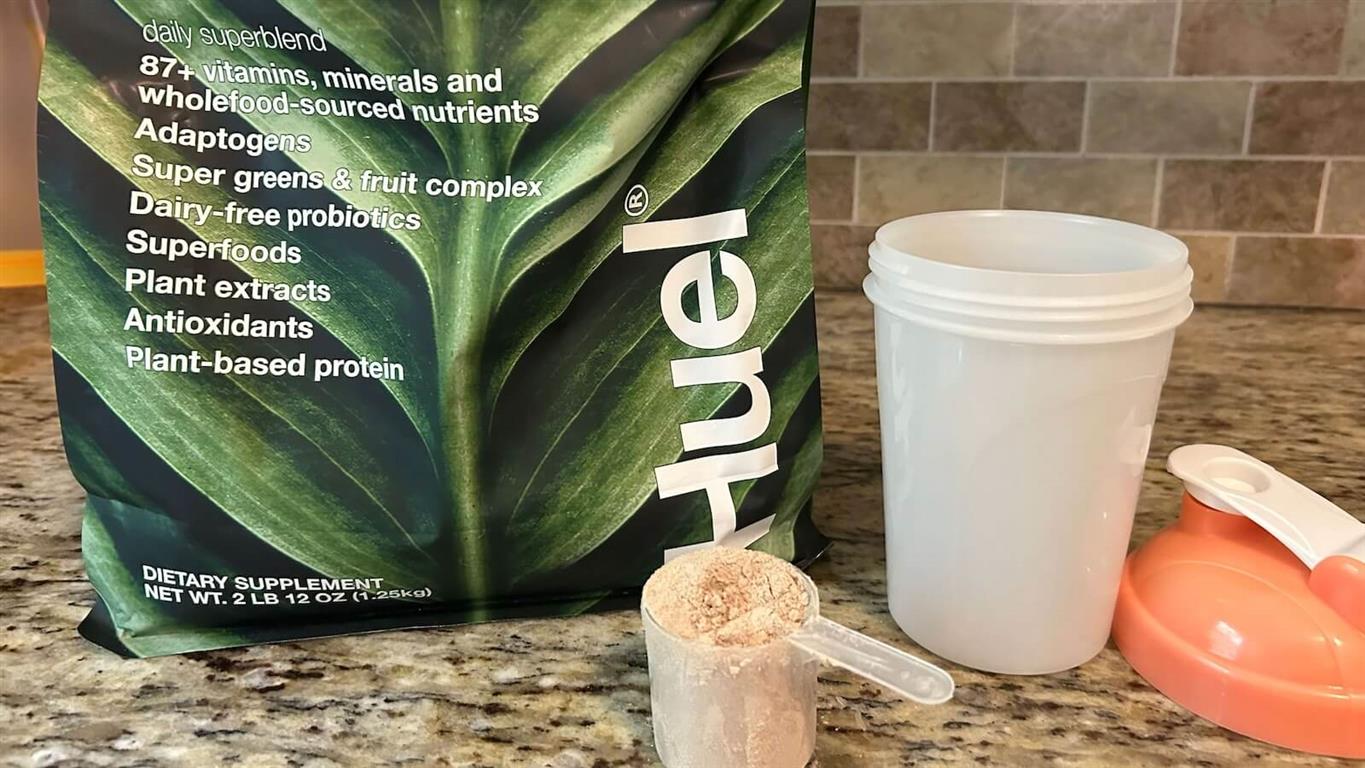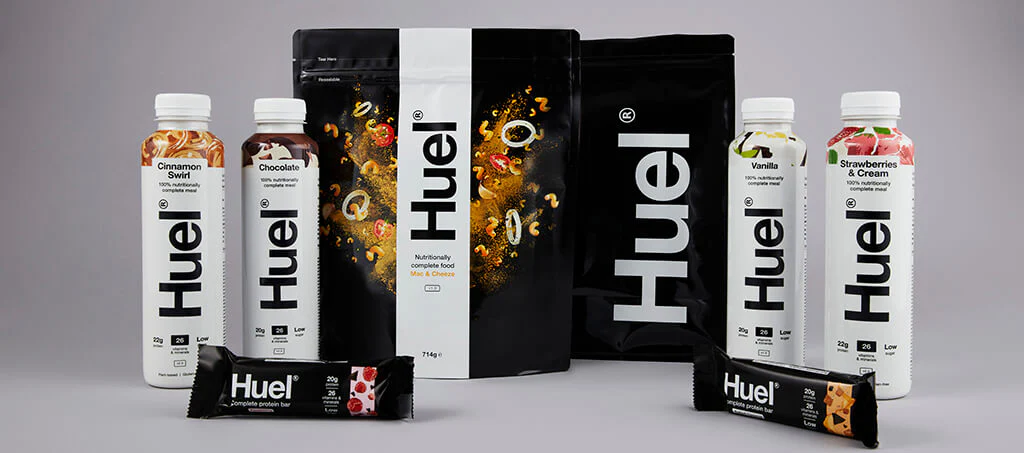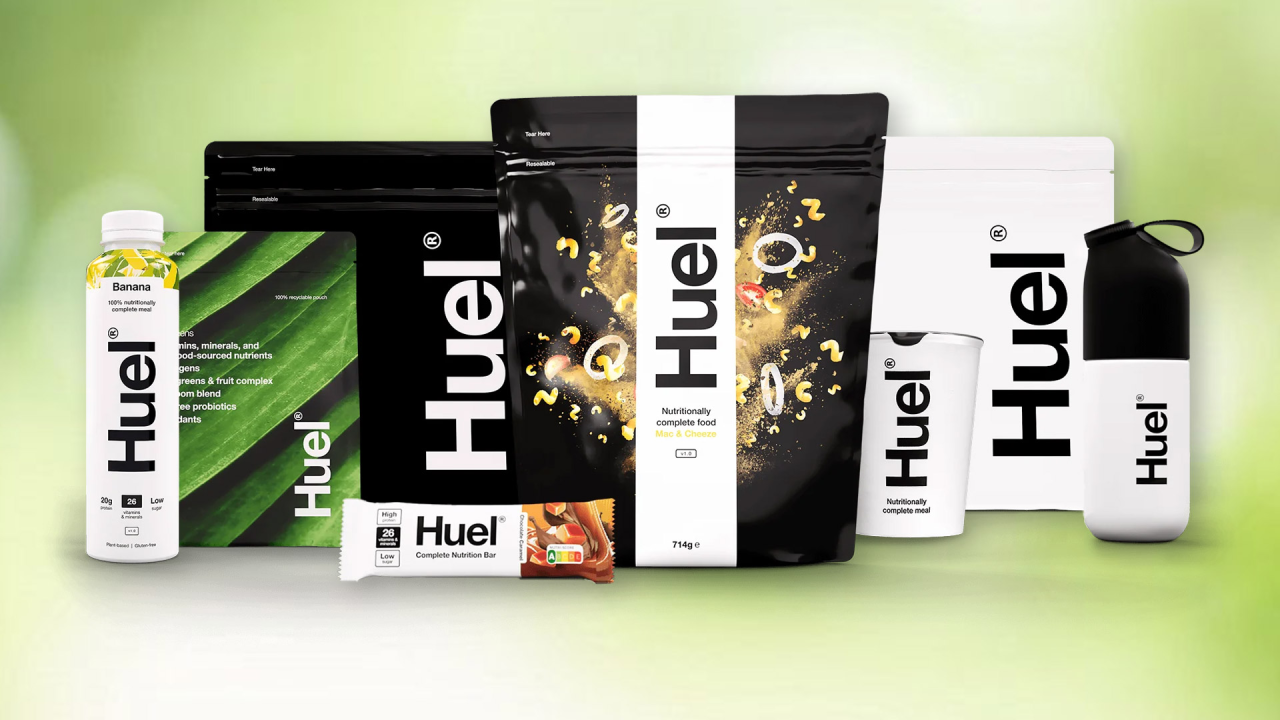Advertisement
Adopting a GLP-1 receptor agonist therapy, such as semaglutide or liraglutide, can be a transformative step for managing weight and improving metabolic health. These medications regulate blood sugar levels, suppress appetite, and promote satiety. However, their effectiveness can be further enhanced when paired with a balanced, nutrient-rich diet. This article explores how to tailor nutrition for individuals on a GLP-1 diet, with practical advice and a look at how products like Huel can support dietary goals.
Understanding the GLP-1 Diet
GLP-1 receptor agonists mimic the natural hormone glucagon-like peptide-1, which impacts glucose metabolism and appetite regulation. They slow gastric emptying and increase the feeling of fullness, reducing calorie intake. While this is beneficial for weight loss, it also poses unique nutritional challenges, including the risk of inadequate nutrient consumption and gastrointestinal discomfort.
Here are the key aspects of a GLP-1 diet and how to optimize your nutrition:
1. Prioritize Protein-Rich Foods
Protein is crucial for maintaining muscle mass, especially during weight loss. With a reduced appetite, it’s essential to make every bite count. High-quality protein sources include:
- Lean meats like chicken and turkey.
- Fish such as salmon, rich in omega-3 fatty acids.
- Plant-based options like tofu, tempeh, and lentils.
For a convenient protein source, consider Huel’s nutritionally complete meal shakes and bars, which provide a balanced amino acid profile. Huel products, made from plant-based ingredients, ensure you meet your protein needs even on busy days.
2. Embrace Fiber for Digestive Health
The delayed gastric emptying effect of GLP-1 medications can lead to digestive issues like constipation. Fiber is your ally here, supporting gut health and regularity. Aim to include:
- Whole grains such as oats, quinoa, and brown rice.
- Vegetables like broccoli, carrots, and leafy greens.
- Fruits such as berries, apples, and pears.
Huel’s products are fortified with fiber from ingredients like flaxseed and oats, offering a practical way to increase your intake while maintaining a balanced diet.
3. Focus on Micronutrient Density
When appetite decreases, there’s a risk of missing out on essential vitamins and minerals. Nutrient-dense foods ensure you’re not compromising on overall health. Prioritize:
- Leafy greens like spinach (rich in magnesium and iron).
- Dairy or fortified alternatives for calcium and vitamin D.
- Nuts and seeds for zinc and selenium.
If meal preparation feels overwhelming, Huel’s ready-to-drink meals come pre-loaded with over 26 essential vitamins and minerals, ensuring you stay nourished without additional effort.
4. Manage Carbohydrate Intake Wisely
While GLP-1 medications don’t require a low-carb diet, the type of carbohydrates you consume matters. Focus on complex carbs to maintain steady energy levels, such as:
- Sweet potatoes for a slow-releasing energy source.
- Legumes like chickpeas for a mix of carbs and protein.
- Whole grains to avoid spikes in blood sugar.
Huel Black Edition is an excellent option for those seeking lower-carb meal replacements without sacrificing nutritional balance.
5. Stay Hydrated
Hydration plays a pivotal role in overall well-being and can counteract some side effects of GLP-1 medications, such as nausea. Set a daily target of at least eight glasses of water, and include:
- Herbal teas for variety.
- Broth-based soups for hydration and electrolytes.
If you’re on the go, Huel’s hydration powders can be a practical way to replenish electrolytes and stay hydrated.
6. Incorporate Healthy Fats
Healthy fats are vital for hormone production, brain health, and satiety. Include:
- Avocados for monounsaturated fats.
- Nuts and seeds like almonds and chia seeds.
- Oils such as olive or flaxseed oil.
Huel’s formulas include healthy fats from coconut oil and flaxseed, offering a balanced fat profile to complement your diet.
7. Be Mindful of Portion Sizes
While GLP-1 agonists reduce hunger, learning to listen to your body’s hunger cues is vital. Choose smaller, nutrient-dense meals that are easy to digest. Avoid overeating by plating your meals thoughtfully and taking your time to eat.
Huel as a Supportive Partner in Your GLP-1 Diet
For individuals on a GLP-1 diet, meal planning can be a challenge when appetite and time are limited. This is where Huel shines as a convenient, nutritionally complete option.
Benefits of Huel for GLP-1 Users
- Complete Nutrition: Huel’s range provides a balance of macronutrients and micronutrients to address dietary gaps.
- Customizable Options: With shakes, bars, and hot meals, Huel adapts to various tastes and meal preferences.
- Convenience: Ideal for those who need quick, healthy solutions without compromising quality.
- Digestive Health Support: Fiber-rich formulations aid digestion, counteracting some medication side effects.
Practical Tips for Success
- Gradual Changes: Introduce new foods slowly to avoid overwhelming your digestive system.
- Track Your Intake: Use apps or journals to monitor nutrient intake and identify any gaps.
- Listen to Your Body: Adjust portion sizes and meal timings as needed.
- Seek Professional Guidance: A registered dietitian can personalize your dietary approach for optimal results.
Final Thoughts
Navigating nutrition on a GLP-1 diet requires thoughtful planning to ensure you’re meeting your body’s needs while supporting weight loss goals. By focusing on nutrient-dense foods, managing portion sizes, and staying hydrated, you can maximize the benefits of your therapy. Huel’s versatile range of products can simplify this journey, providing complete and convenient solutions tailored to your nutritional needs.
Start today by exploring Huel’s offerings and take a step closer to a healthier, balanced lifestyle.












